Home>Articles>How Long Can You Keep Fresh Tomatoes In The Freezer
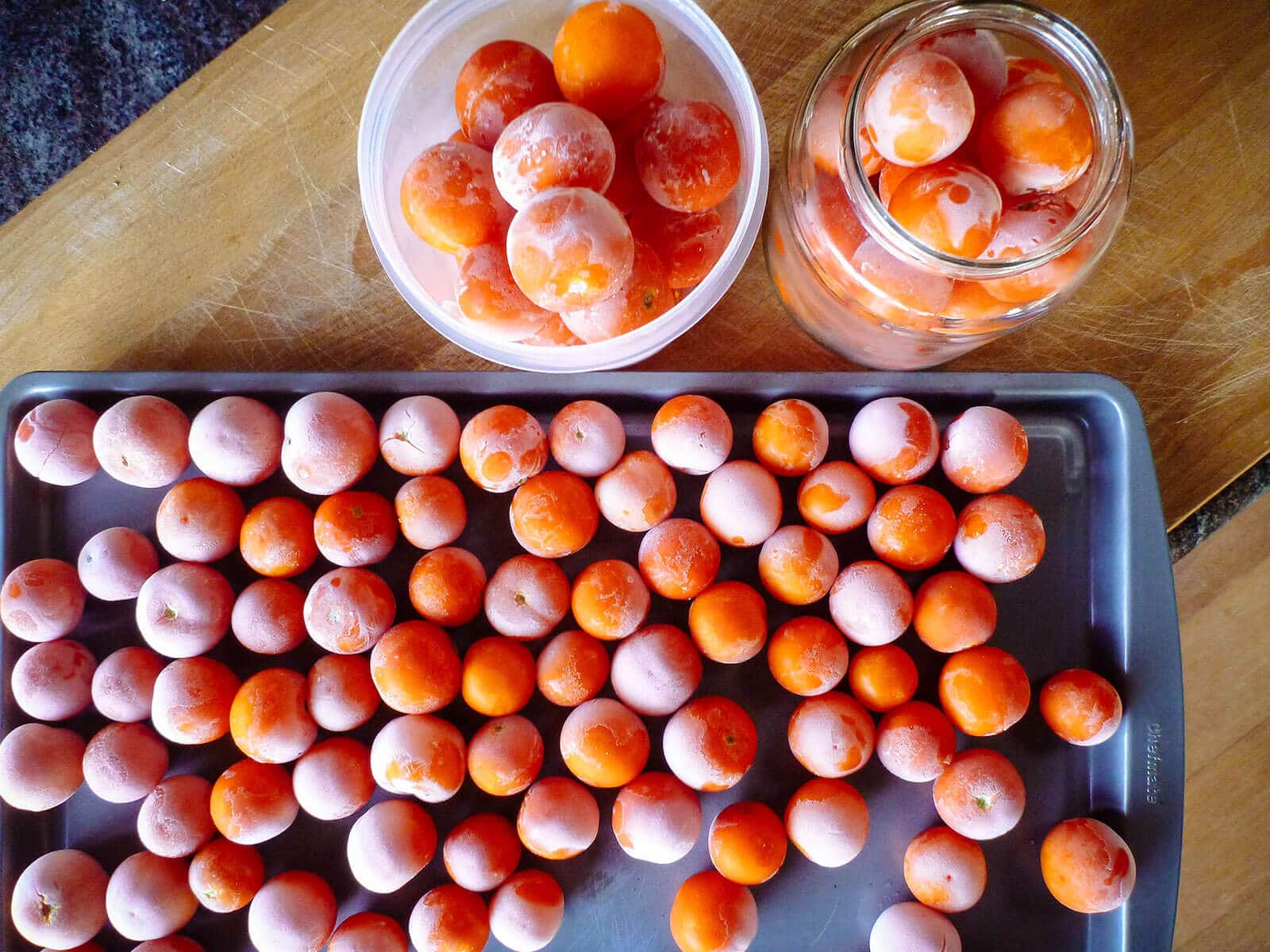

Articles
How Long Can You Keep Fresh Tomatoes In The Freezer
Modified: September 1, 2024
Discover helpful articles on how long you can keep fresh tomatoes in the freezer. Find out the best practices for freezing tomatoes to preserve their flavor and texture.
(Many of the links in this article redirect to a specific reviewed product. Your purchase of these products through affiliate links helps to generate commission for Storables.com, at no extra cost. Learn more)
Introduction
Freezing fresh tomatoes is a great way to preserve their flavor and nutrients when they are in abundance. Whether you have a surplus of home-grown tomatoes from your garden or simply bought more at the farmer’s market than you can use right away, freezing them can extend their shelf life and allow you to enjoy them later.
However, it’s important to know how long you can keep fresh tomatoes in the freezer to ensure their quality and taste. There are several factors that can affect the shelf life of frozen tomatoes, and proper preparation and packaging are essential for maintaining their texture and flavor.
In this article, we will explore the factors that affect the shelf life of frozen tomatoes, the proper methods for preparing and packaging fresh tomatoes for freezing, the recommended storage time for frozen tomatoes, signs of spoilage to look out for, safe thawing methods, and the best ways to use thawed frozen tomatoes. By understanding these guidelines, you can make the most of your frozen tomatoes and enjoy their delicious flavor year-round.
Key Takeaways:
- Preserve the Flavor: Freezing fresh tomatoes extends their shelf life for up to 12 months. Proper preparation, packaging, and safe thawing methods ensure optimal taste and texture for year-round culinary enjoyment.
- Versatile Ingredient: Thawed frozen tomatoes can elevate dishes from soups and sauces to salsas and casseroles. Get creative and savor the burst of summer flavor in every meal!
Read more: How Long Can You Keep Walnuts In The Freezer
Factors Affecting the Shelf Life of Frozen Tomatoes
Several factors can influence the shelf life of frozen tomatoes. Understanding these factors can help you properly store and preserve your tomatoes for long-term use.
1. Tomato Variety: Different varieties of tomatoes have varying levels of acidity, moisture content, and pulpiness. These factors can impact how well the tomatoes freeze and how they retain their texture and flavor once thawed. Generally, meatier varieties like Roma or San Marzano tomatoes fare better in the freezer compared to juicier varieties.
2. Tomato Maturity: The stage of ripeness at which you freeze the tomatoes can affect their quality. It is recommended to freeze tomatoes when they are fully ripe or slightly underripe. Overripe tomatoes may become mushy when thawed.
3. Pre-freezing Preparation: Properly preparing the tomatoes before freezing is crucial. Washing them thoroughly, removing any stems or blemishes, and blanching them briefly in boiling water and then cooling them in an ice bath can help maintain their color, texture, and nutritional value.
4. Packaging: The choice of packaging can also impact the shelf life of frozen tomatoes. Air and moisture are the enemies of frozen foods, so it is essential to use airtight packaging. Freezer-safe bags or containers are ideal for storing tomatoes, as they help prevent freezer burn and maintain the quality of the tomatoes.
5. Storage Temperature: The storage temperature of your freezer plays a significant role in the shelf life of frozen tomatoes. The freezer should maintain a constant temperature of 0 degrees Fahrenheit (-18 degrees Celsius) or lower. Fluctuations in temperature can cause the tomatoes to thaw partially and refreeze, resulting in a loss of quality.
By taking these factors into consideration and following the proper guidelines for freezing, you can maximize the shelf life of your frozen tomatoes and ensure they retain their taste and texture when you’re ready to use them.
Proper Preparation and Packaging of Fresh Tomatoes for Freezing
Proper preparation and packaging are crucial steps in ensuring the quality and longevity of frozen tomatoes. Follow these steps to prepare and package fresh tomatoes for freezing:
1. Wash and sanitize: Start by washing the tomatoes thoroughly under running water to remove any dirt or impurities. Sanitize your hands, utensils, and work area to maintain hygiene.
2. Remove stems and blemishes: Remove the stems from the tomatoes and discard any blemished or overly ripe parts. These areas can deteriorate more quickly in the freezer.
3. Blanching: Blanching is a process of briefly boiling the tomatoes to deactivate enzymes that can cause loss of flavor, color, and texture. Bring a large pot of water to a boil and prepare an ice bath (a bowl filled with cold water and ice cubes). Place the tomatoes in the boiling water for 30-60 seconds, then transfer them immediately to the ice bath to cool and stop the cooking process.
4. Remove skin and seeds (optional): If desired, remove the skins and seeds from the blanched tomatoes. Plunge the tomatoes into the ice bath, then peel off the skins. Cut the tomatoes in half and gently squeeze out the seeds.
5. Slice or dice: Depending on your preference, you can slice or dice the prepared tomatoes before freezing them. Keep in mind the intended use of the tomatoes when deciding on the size and shape of the pieces.
6. Package airtight: Transfer the sliced or diced tomatoes into airtight freezer-safe bags or containers. Squeeze out any excess air before sealing to prevent freezer burn. Label the packages with the date of freezing to ensure you use them within the recommended time frame.
7. Freeze immediately: Place the packaged tomatoes in the coldest part of your freezer and ensure they are not overcrowded. Leave enough space around them for proper air circulation.
By following these steps, you can prepare and package fresh tomatoes to maintain their quality in the freezer. Proper preparation and packaging will ensure that the tomatoes retain their flavor, texture, and nutritional value for an extended period.
Recommended Storage Time for Frozen Tomatoes
The storage time for frozen tomatoes depends on several factors, such as the quality of the tomatoes, the packaging method, and the storage conditions. While frozen tomatoes can technically remain safe to eat indefinitely if kept at a constant freezing temperature, it’s best to use them within a specific timeframe to maintain optimal flavor and texture.
The general recommendation for storing frozen tomatoes is to use them within 8 to 12 months. During this time, the tomatoes should retain good flavor and quality when properly stored. However, it’s important to note that the longer tomatoes are stored in the freezer, the more their texture may change. They may become softer and more suitable for cooking rather than fresh consumption.
To ensure the best quality, follow these guidelines:
- Use the oldest frozen tomatoes first to prevent freezer burn or loss of quality due to prolonged storage.
- Regularly check the tomatoes for signs of freezer burn or freezer odors. If you notice any off flavors or textures, it’s best to discard them.
- Consider portioning the frozen tomatoes into smaller, meal-sized packages. This way, you can thaw only what you need without repeatedly thawing and refreezing the entire batch.
It’s also important to keep in mind that the storage time may vary based on the specific variety of tomatoes and the freezing method used. Some individuals may find that their frozen tomatoes maintain good quality beyond the recommended timeframe, while others may experience a decline in flavor and texture earlier.
Ultimately, it’s best to experiment and evaluate the quality of your frozen tomatoes based on personal preference. If you find that your frozen tomatoes still taste delicious and have a satisfying texture after the recommended storage time, there is no harm in using them. However, if they show signs of spoilage or degradation, it’s best to err on the side of caution and discard them.
By following these recommendations and being mindful of storage times, you can make the most of your frozen tomatoes and enjoy their fresh taste in your favorite dishes throughout the year.
Fresh tomatoes can be kept in the freezer for up to 6 months. To freeze, wash and dry the tomatoes, then place them in a single layer on a baking sheet and freeze. Once frozen, transfer to a freezer-safe container or bag.
Signs of Spoilage in Frozen Tomatoes
While freezing is an excellent method to preserve the freshness of tomatoes, there are still instances when frozen tomatoes can spoil. It’s essential to be able to recognize signs of spoilage to ensure the quality and safety of your frozen tomatoes. Here are some signs to watch out for:
1. Freezer burn: Freezer burn occurs when the frozen food is exposed to air, causing dehydration and oxidation. Look for white or grayish-brown patches on the surface of the tomatoes. While freezer-burned tomatoes are generally safe to eat, they may have a dry, leathery texture and a bland taste.
2. Changes in texture: Frozen tomatoes that have undergone long-term storage might experience changes in texture. They may become mushy, watery, or grainy when thawed, which can affect their quality in dishes. If the texture is significantly altered and unappealing, it’s best to discard them.
3. Off odor: If your frozen tomatoes have developed an off or unpleasant odor, it’s an indication of spoilage. Trust your sense of smell and discard tomatoes with a foul or rancid smell.
4. Discoloration: While some slight color changes may occur as a result of freezing, significant discoloration or browning of the tomatoes can be a sign of spoilage. If the tomatoes appear significantly darkened or have unusual discoloration, it’s best to discard them.
5. Mold or microbial growth: If you notice any signs of mold or microbial growth on the surface of the frozen tomatoes, it’s an indication of spoilage. Discard the affected tomatoes to avoid potential foodborne illnesses.
It’s important to note that while some minor quality changes may occur in frozen tomatoes over time, they may still be safe to consume as long as there are no signs of spoilage. However, it’s always better to prioritize safety and discard any tomatoes that show clear signs of spoilage.
Remember to use proper storage techniques, such as using airtight packaging and maintaining a constant freezing temperature, to minimize the risk of spoilage. By paying attention to these signs and ensuring the quality of your frozen tomatoes, you can enjoy flavorful and safe dishes.
Safe Thawing Methods for Frozen Tomatoes
Thawing frozen tomatoes properly is crucial to maintain their flavor, texture, and safety. Here are some safe thawing methods to ensure your frozen tomatoes remain delicious:
1. Refrigerator thawing: The safest method for thawing frozen tomatoes is in the refrigerator. Simply transfer the frozen tomatoes from the freezer to a plate or container and place them in the refrigerator. Allow them to thaw slowly over a period of 24 to 48 hours. This gentle thawing process helps to retain the tomatoes’ texture and minimize the risk of bacterial growth.
2. Running water thawing: If you’re short on time and need to thaw the tomatoes more quickly, you can use the running water method. Place the frozen tomatoes in a sealed plastic bag and submerge it in a bowl of cold water. Keep the water running at a slow, steady stream to ensure constant circulation. Avoid using warm or hot water, as it can encourage bacterial growth. This method typically takes 1-2 hours depending on the size of the tomatoes.
3. Microwave thawing: Microwaving can be used for a quick thawing method, but it’s important to exercise caution to avoid partially cooking the tomatoes. Place the frozen tomatoes in a microwave-safe dish and use the defrost function or low power setting. Stop the microwave periodically to check the progress and ensure the tomatoes are thawing evenly. Use the microwaved tomatoes immediately to prevent further cooking.
After thawing using any of these methods, it’s crucial to use the tomatoes promptly. Do not refreeze the thawed tomatoes, as this can compromise their quality and safety. If you don’t use all the thawed tomatoes, store them in the refrigerator and consume them within a day or two.
Remember, never leave frozen tomatoes at room temperature to thaw, as this can promote bacterial growth and increase the risk of foodborne illnesses. Additionally, avoid thawing frozen tomatoes in the oven or on the countertop, as these methods can lead to uneven thawing and potential spoilage.
By following safe thawing methods, you can ensure the quality and safety of your frozen tomatoes and enjoy their delicious flavor in your favorite recipes.
Best Ways to Use Thawed Frozen Tomatoes
Thawed frozen tomatoes can be a versatile ingredient in various dishes, adding a burst of flavor and nutrition. Here are some of the best ways to use thawed frozen tomatoes:
1. Soups and sauces: Thawed tomatoes are perfect for making flavorful soups, stews, and sauces. Use them as a base for tomato soup, chili, or homemade pasta sauce. The natural sweetness and acidity of the tomatoes will enhance the overall taste of your dishes.
2. Salsas and dips: Thawed tomatoes can be used to make delicious salsas and dips. Chop the tomatoes into small pieces and combine them with onions, peppers, herbs, and spices to create a refreshing salsa to serve with tortilla chips or as a topping for tacos and grilled meats. You can also blend the thawed tomatoes with garlic, herbs, and cream cheese for a flavorful tomato dip.
3. Tomato-based casseroles: Thawed tomatoes are ideal for making tomato-based casseroles like lasagna, baked ziti, or ratatouille. Layer the thawed tomatoes with other ingredients such as pasta, cheese, and vegetables to create a comforting and flavorful dish.
4. Pizza and flatbreads: Thawed tomatoes can be a delicious topping for homemade pizzas and flatbreads. Spread a layer of tomato sauce made from your thawed tomatoes on the dough and add your favorite toppings like cheese, vegetables, and meats for a tasty and satisfying meal.
5. Bruschetta and sandwiches: Thawed tomatoes can be used in bruschetta toppings or as fillings for sandwiches. Chop the tomatoes into small pieces, mix them with fresh herbs, olive oil, garlic, and seasonings, then spread the mixture onto toasted bread for a classic bruschetta. Alternatively, layer the thawed tomatoes with lettuce, cheese, and your choice of protein to create a flavorful sandwich.
6. Tomato-based dressings and marinades: Thawed tomatoes can be blended into dressings and marinades to add depth and tanginess. Combine the tomatoes with olive oil, vinegar, herbs, and spices to make a flavorful salad dressing or use as a marinade for meats or vegetables.
7. Tomato-infused rice and grains: Add thawed tomatoes to rice or other grains while cooking to infuse them with a rich tomato flavor. This adds a delicious twist to pilaf, risotto, or any grain-based dish.
These are just a few examples of how you can make the most of thawed frozen tomatoes. Get creative and experiment with different recipes to enjoy the flavors of summer tomatoes all year round. Remember, the possibilities are endless when it comes to using these versatile ingredients in your kitchen!
Conclusion
Freezing fresh tomatoes is a fantastic way to preserve their taste and nutrients when you have an abundance of them. By understanding the factors that affect the shelf life of frozen tomatoes and following proper preparation and packaging techniques, you can ensure their quality and longevity. It’s recommended to use frozen tomatoes within 8 to 12 months to maintain optimal flavor and texture. However, personal preference and the specific variety of tomatoes may influence storage times.
Recognizing the signs of spoilage in frozen tomatoes, such as freezer burn, changes in texture, off odor, discoloration, and mold, is essential for maintaining food safety. Thawing frozen tomatoes safely is equally important. The recommended methods include refrigerator thawing for slow and gentle thawing, running water thawing for quicker results, and microwaving with caution.
Once thawed, there are numerous ways to enjoy the thawed frozen tomatoes. They can be used in soups, sauces, salsas, casseroles, pizzas, sandwiches, dressings, and rice dishes, among many other culinary creations. The natural sweetness and acidity of the thawed tomatoes add a delightful burst of flavor to a wide range of dishes.
In conclusion, freezing fresh tomatoes allows you to enjoy their taste and nutritional benefits long after their peak season. By following the guidelines for proper freezing, storage, thawing, and usage of thawed frozen tomatoes, you can savor their delicious flavor and versatility throughout the year. So go ahead and freeze those ripe tomatoes, and let them be a delightful ingredient in your culinary adventures!
Frequently Asked Questions about How Long Can You Keep Fresh Tomatoes In The Freezer
Was this page helpful?
At Storables.com, we guarantee accurate and reliable information. Our content, validated by Expert Board Contributors, is crafted following stringent Editorial Policies. We're committed to providing you with well-researched, expert-backed insights for all your informational needs.
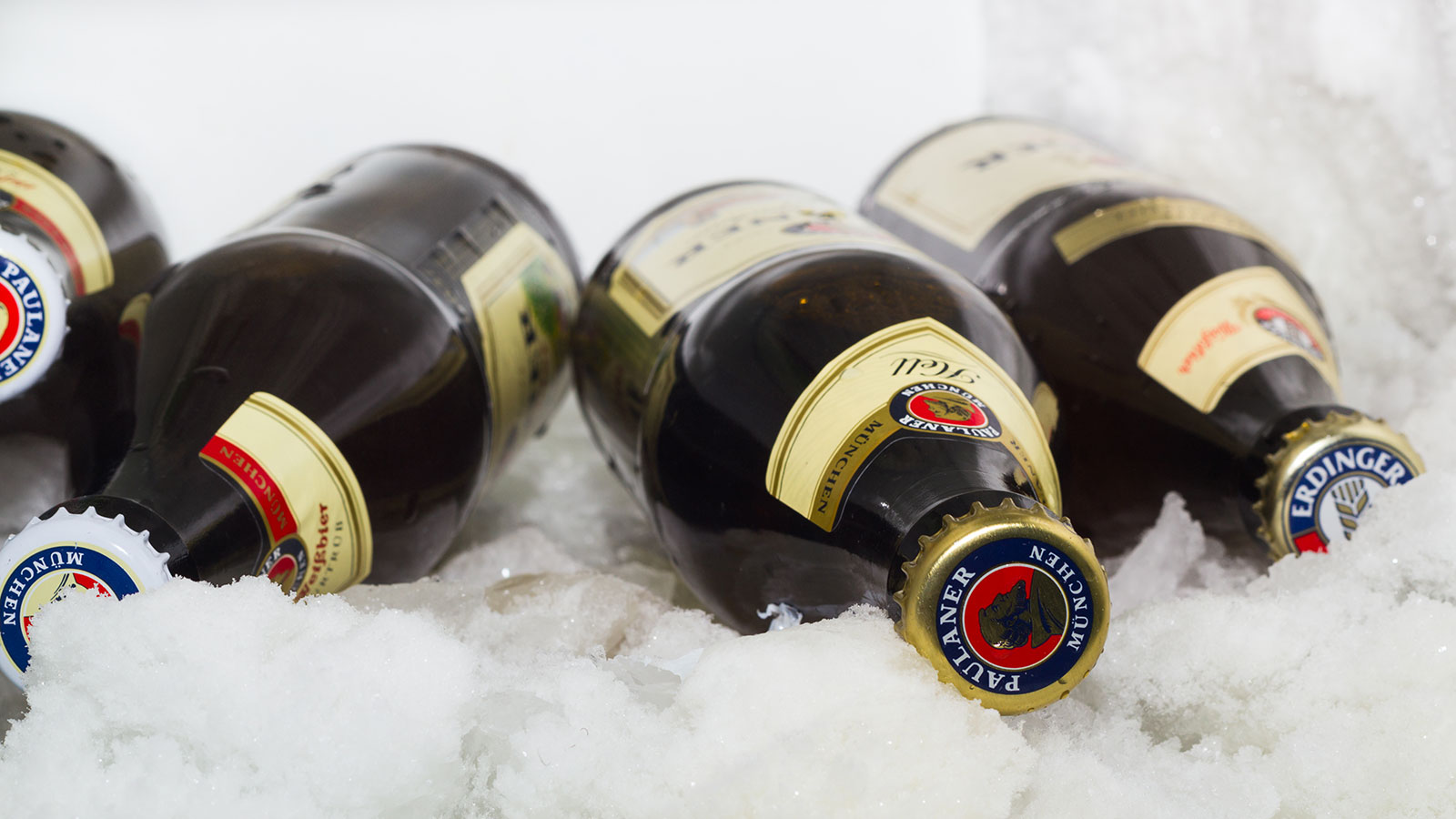


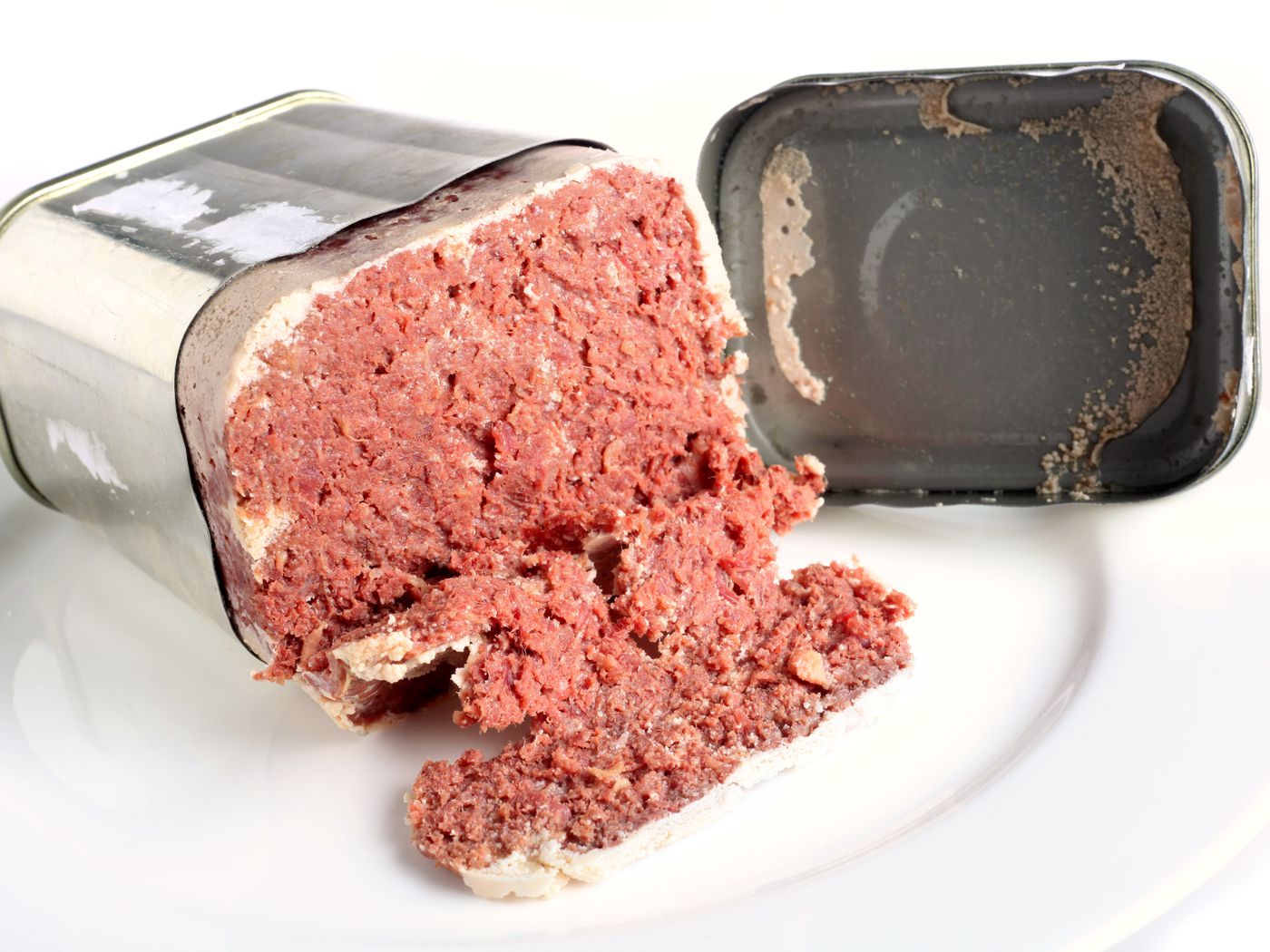

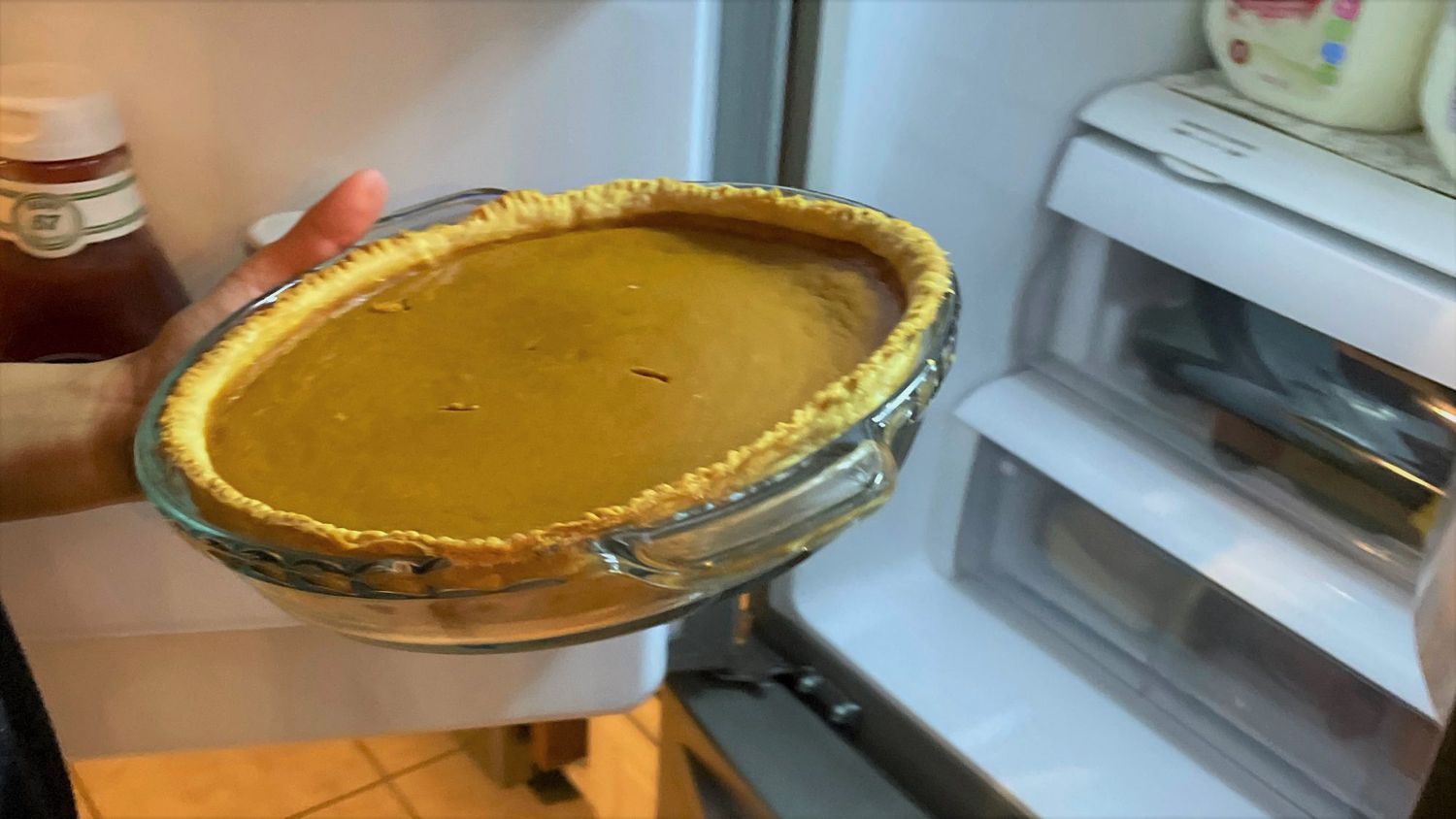
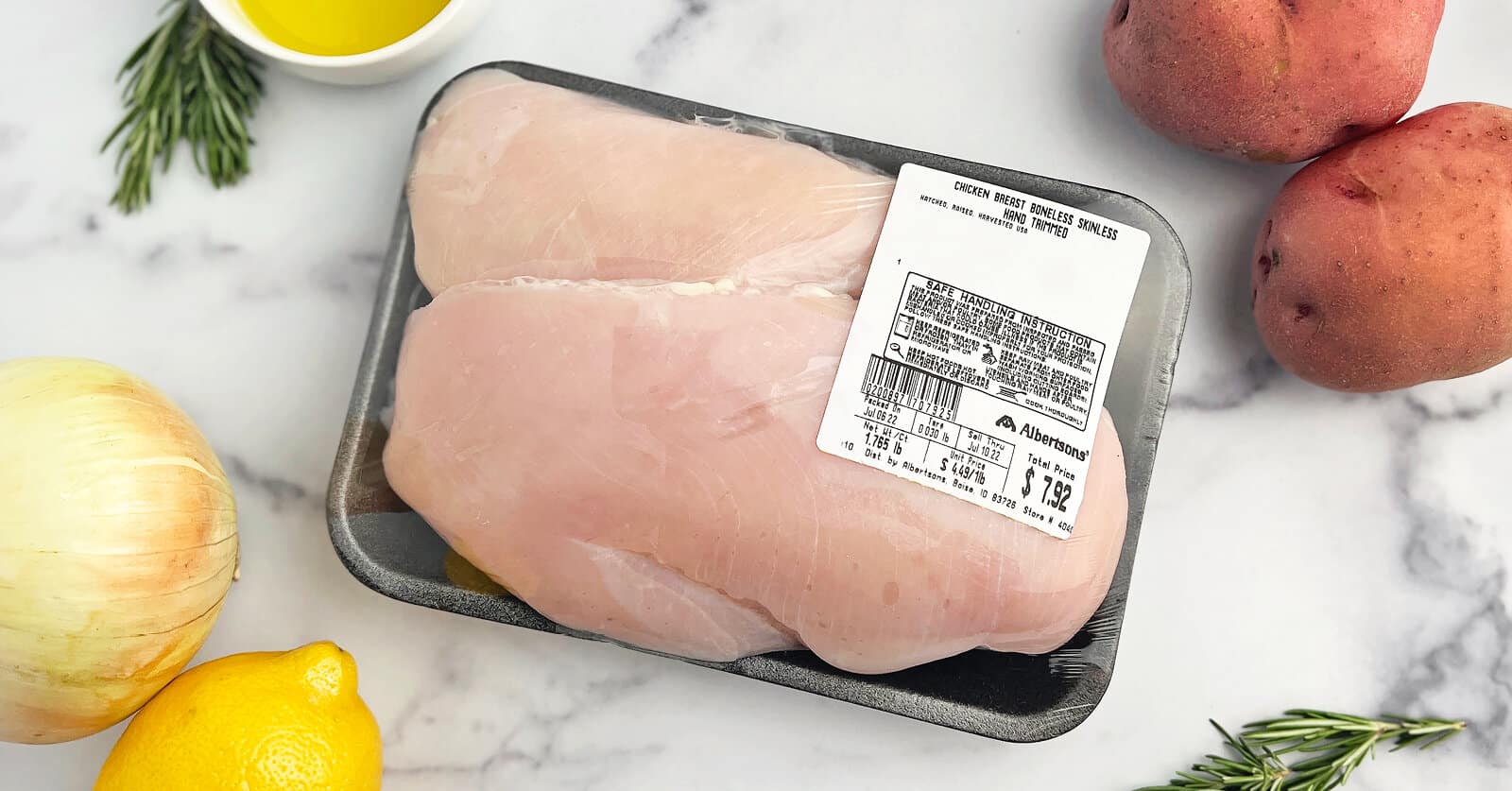
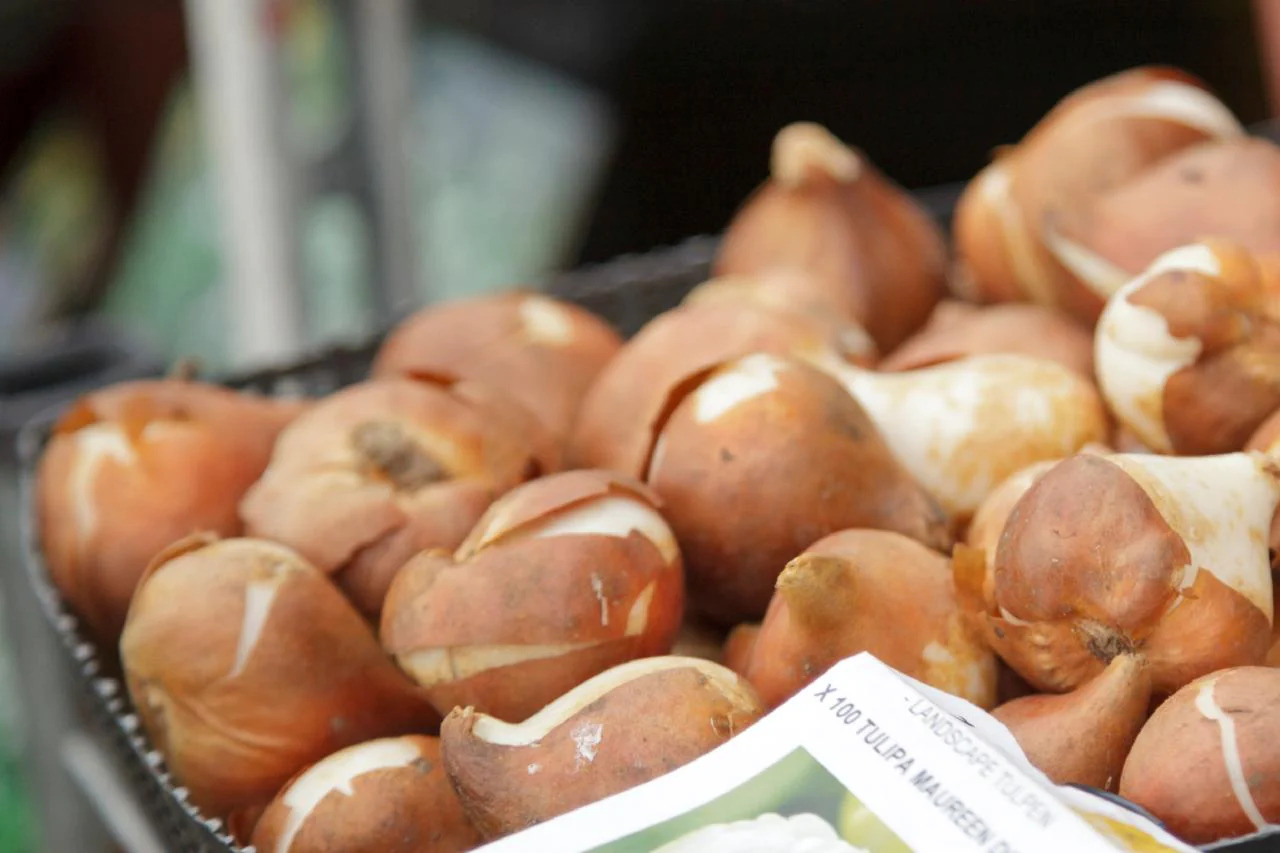


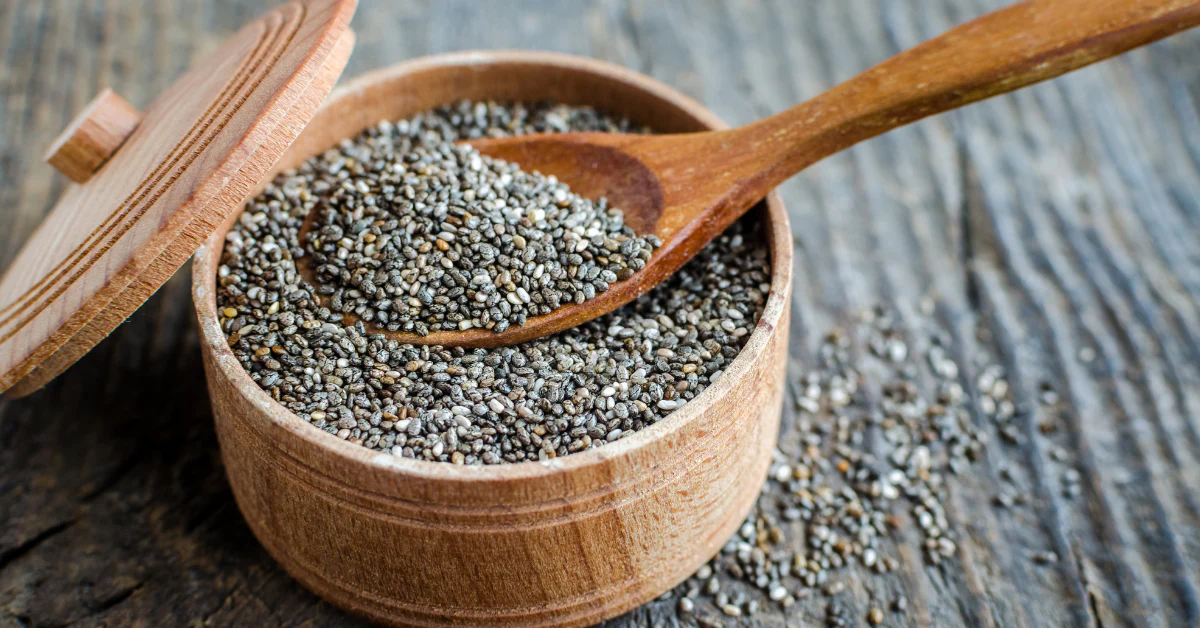
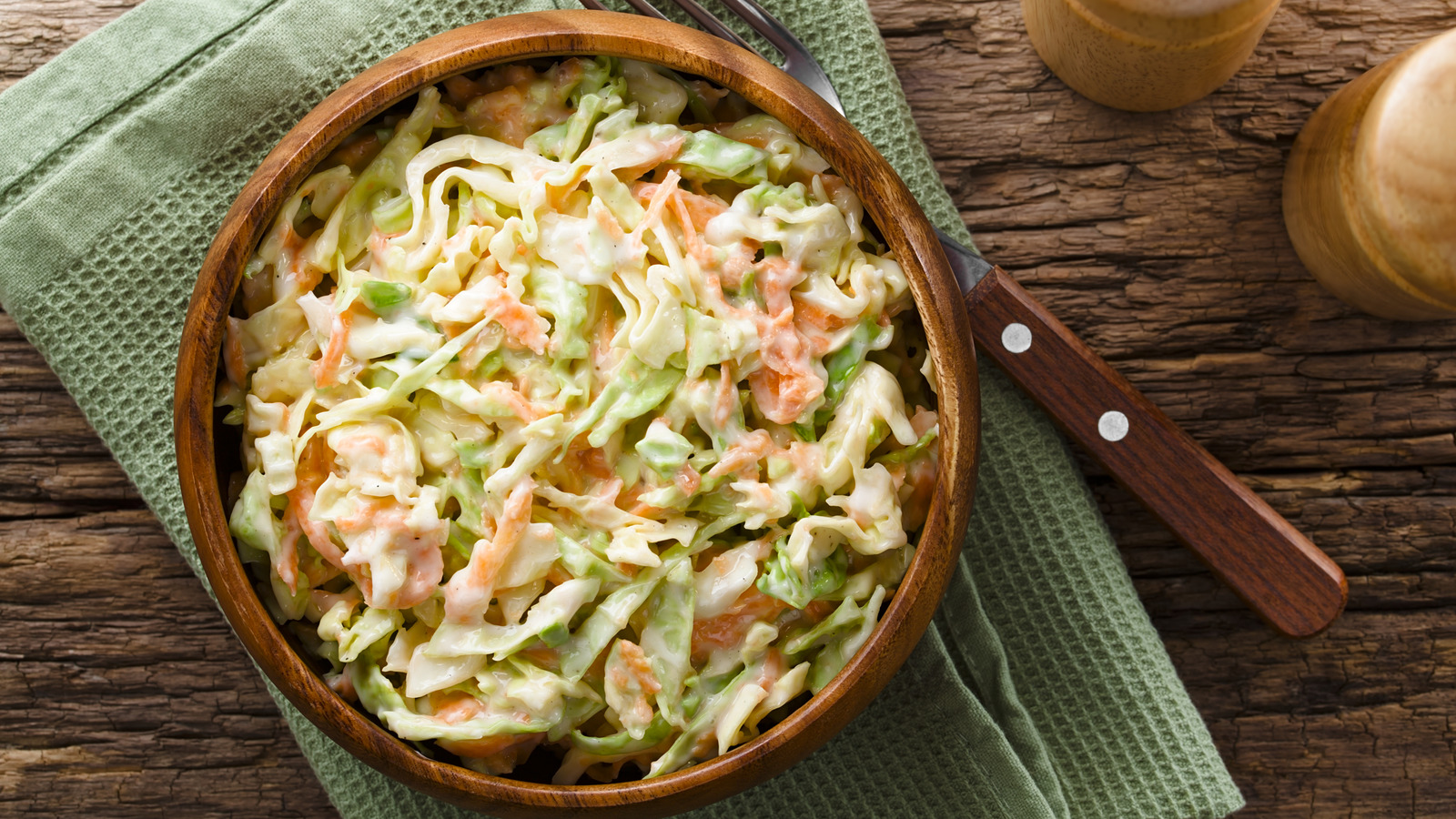

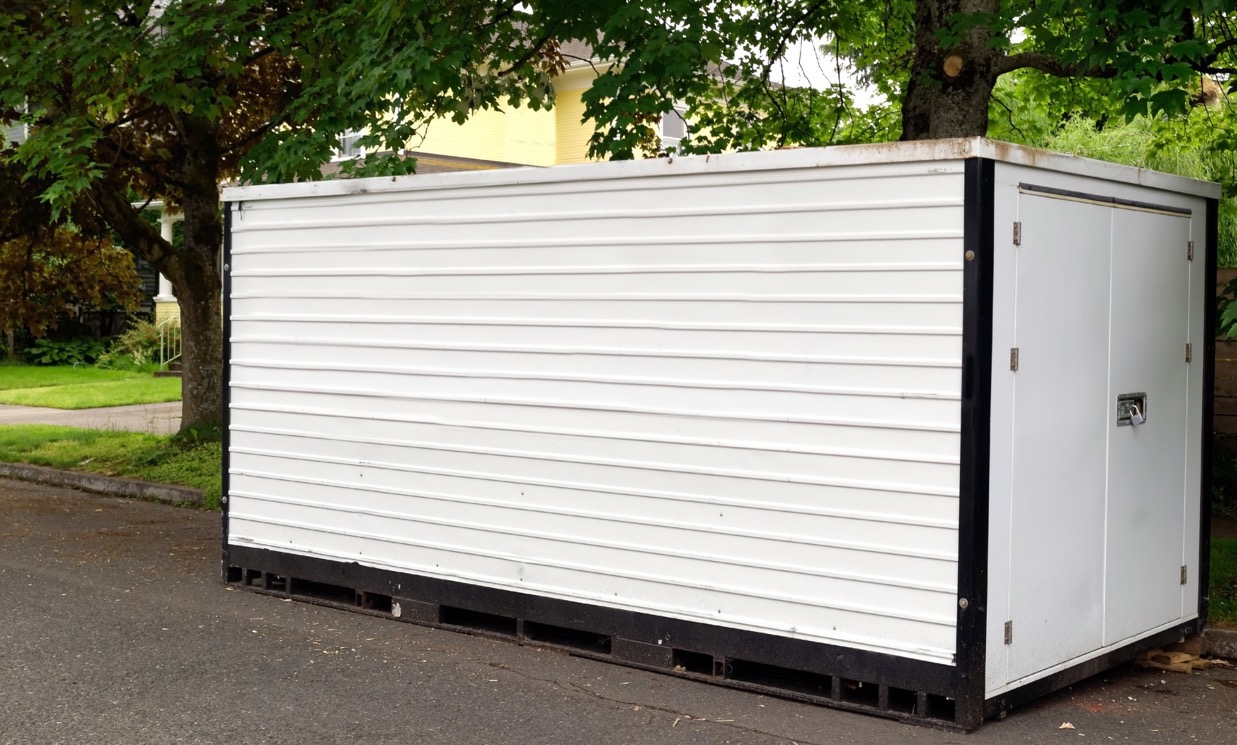

0 thoughts on “How Long Can You Keep Fresh Tomatoes In The Freezer”